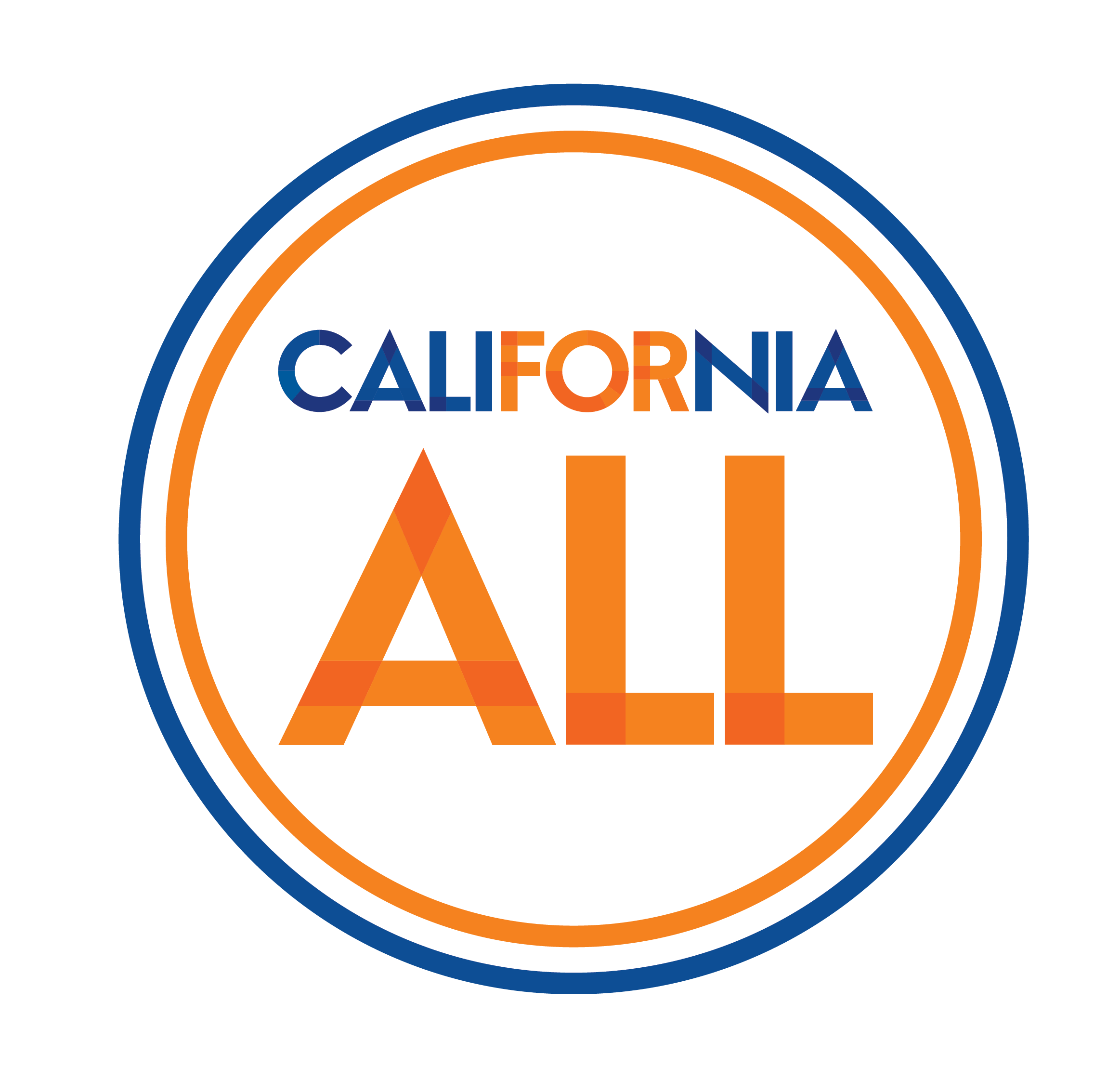Master Plan: 5 Bold Goals
Goal five for 2030
Goal five: Affording Aging
"We will have economic security for as long as we live."
Track our progress at the MPA Data Dashboard.
Economic security is essential to living and aging well, but retirement income is being outpaced by the rising costs of housing, health, and care. Further, retirement income has traditionally relied on a combination of three sources for stability: individual savings, employer-paid pensions, and Social Security. However, individual retirement savings are lower than previous generations, and private pensions are declining. As a result, more older Americans and Californians are overly reliant on Social Security income alone and therefore more vulnerable to poverty. Women are particularly at risk because of work that did not count towards Social Security earnings (such as domestic work and unpaid family caregiving) and longer lifespans.
As a result, many middle-income Californians are experiencing downward economic mobility with age. Nearly half of all U.S. households are headed by someone aged 55 or older with no retirement savings. One quarter of people over 65 rely almost entirely on their Social Security benefits, which average about $1,500 per month for retired workers and $1,250 per month for disabled workers. With California’s fair market rent for a one-bedroom apartment at $1,522, many older renters are left with little or no money for food, healthcare, and other expenses. California has the second highest rate of poverty among older adults in the country, leading to high levels of hunger and increasing homelessness. Approximately 20 percent of all people 65 and over in California live in poverty ; however, the portion of Black, Indigenous, and Latino older adults living in poverty is double that.
A particularly alarming trend is that residents over age 50 are now the fastest growing population of homeless people in many parts of the state, with the median age of the homeless expected to rise. Black men are disproportionately represented within the population of older Californians without homes, reflecting cumulative effects of decades of inequities in housing, education, employment, and criminal justice. The harsh reality of aging without a stable home includes dire health impacts: older adults without homes experience health problems that you would typically see in people who are 20 years older, including cognitive decline and decreased mobility.
.png)
